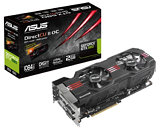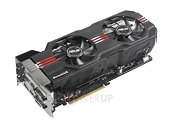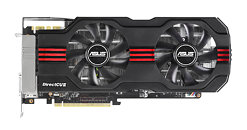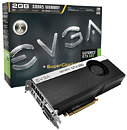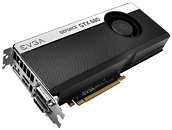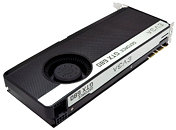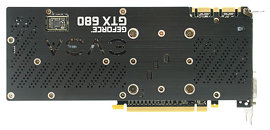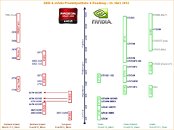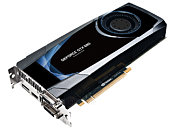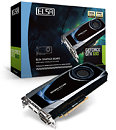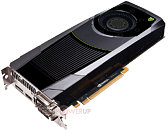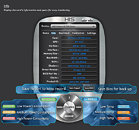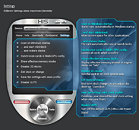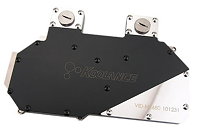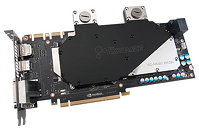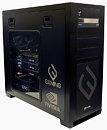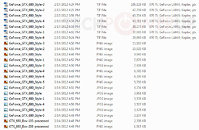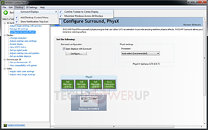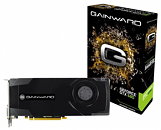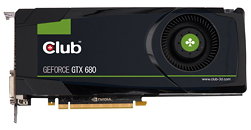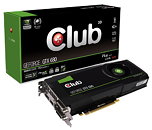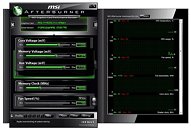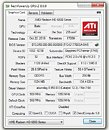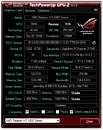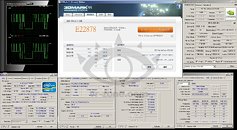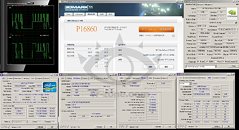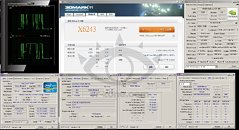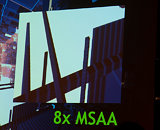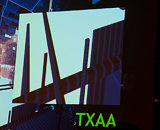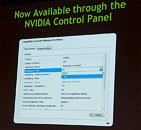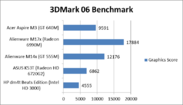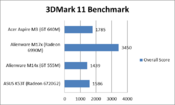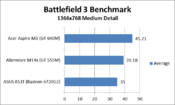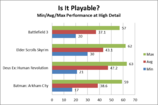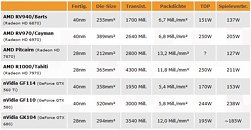
ASUS Announces the GeForce GTX 680 DirectCU II TOP
The ASUS GeForce GTX 680 DirectCU II TOP graphics card delivers a true flagship product for dedicated PC gamers and performance enthusiasts. The TOP-selected 28 nm NVIDIA GeForce GTX 680 GPU has been overclocked by ASUS to 1201 MHz to boost frame rates in games, offering users 143 MHz over reference. Its ASUS-designed DirectCU II thermal design runs 20% cooler than stock, while the twin 100 mm fans keep noise at bay with 14 dB quieter operation.
ASUS has added 10-phase DIGI+ VRM digitally regulated power delivery with 30% noise reduction, working in tandem with durable Super Alloy Power components that last 2.5 longer than reference. Users can tap the greater overclocking and overvolting capabilities of the card through both the hardware-level VGA Hotwire and the software-level GPU Tweak utility. Also released is the ASUS GeForce GTX 680 DirectCU II OC edition, with a 1019 MHz core capable of a 1084 MHz boost clock. This card uses the same DirectCU II cooler and PCB as the TOP version.
ASUS has added 10-phase DIGI+ VRM digitally regulated power delivery with 30% noise reduction, working in tandem with durable Super Alloy Power components that last 2.5 longer than reference. Users can tap the greater overclocking and overvolting capabilities of the card through both the hardware-level VGA Hotwire and the software-level GPU Tweak utility. Also released is the ASUS GeForce GTX 680 DirectCU II OC edition, with a 1019 MHz core capable of a 1084 MHz boost clock. This card uses the same DirectCU II cooler and PCB as the TOP version.
